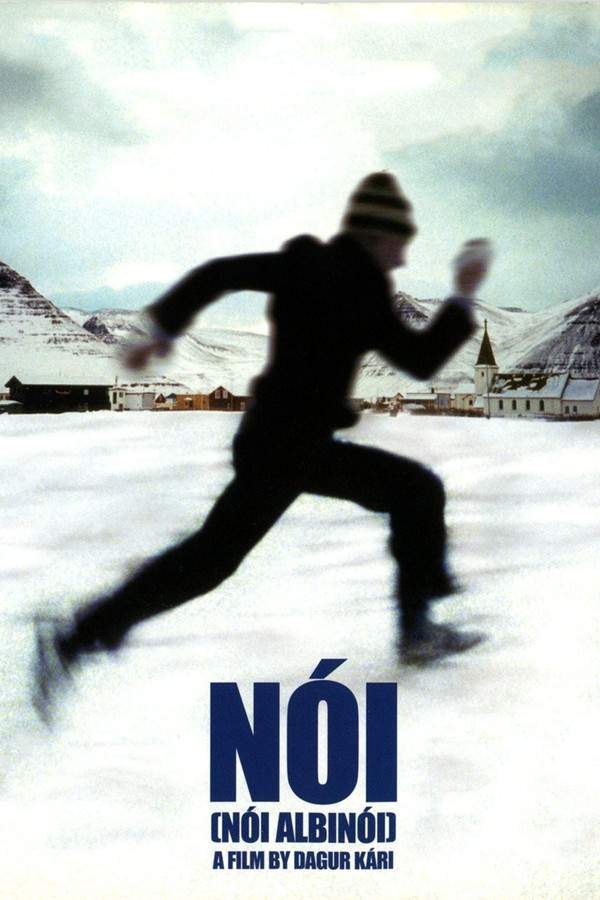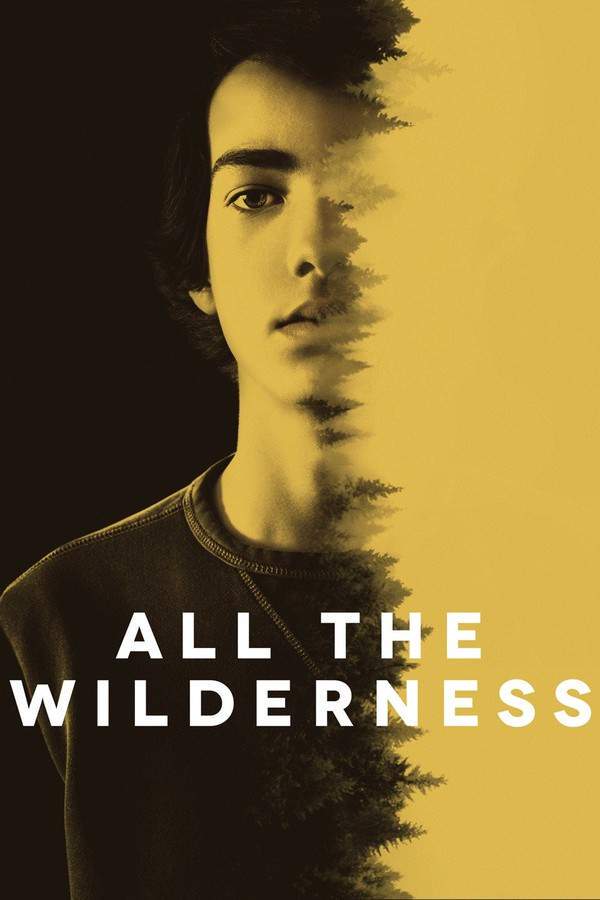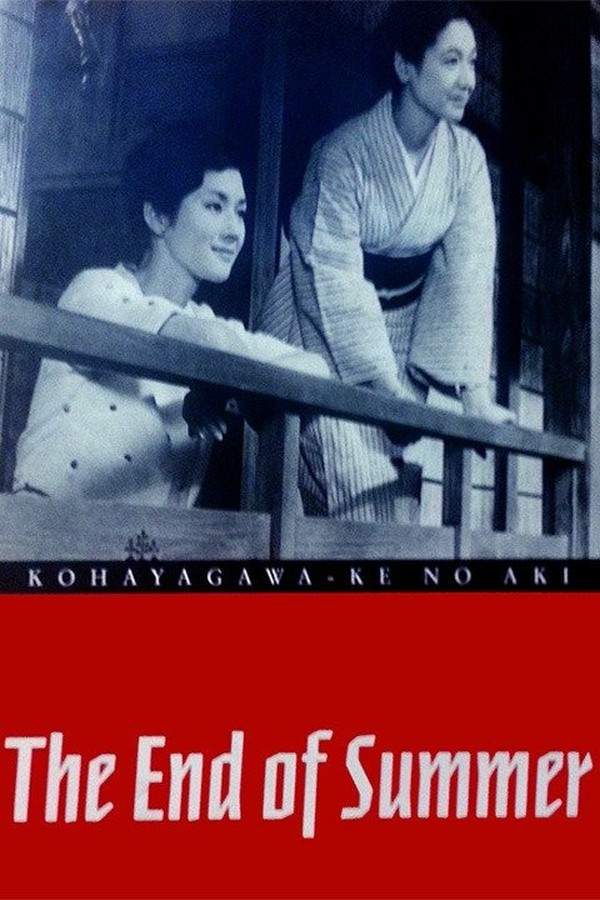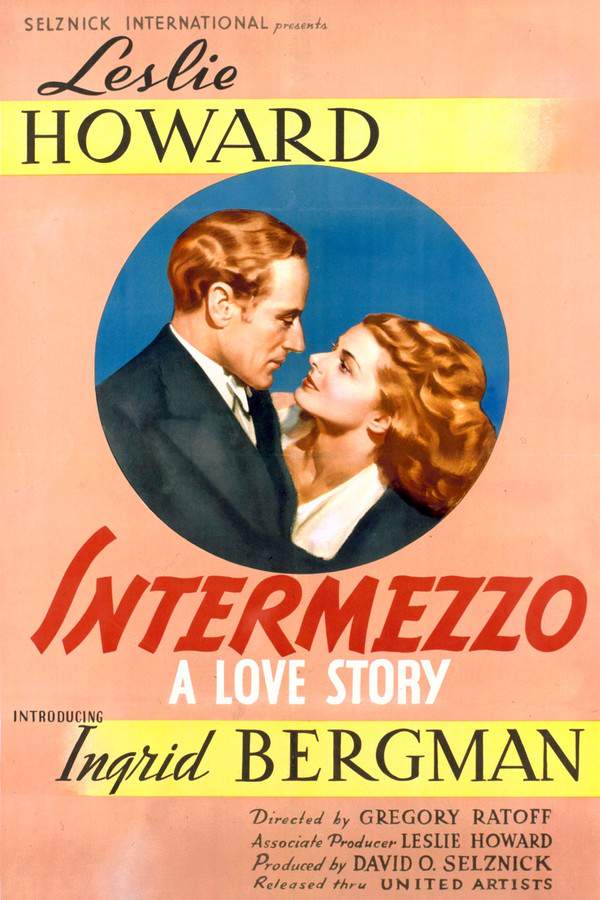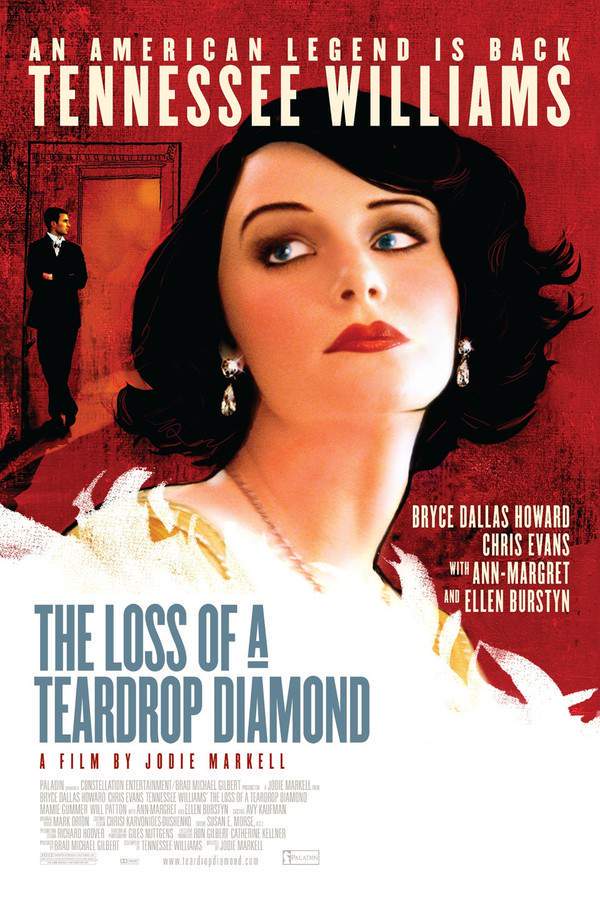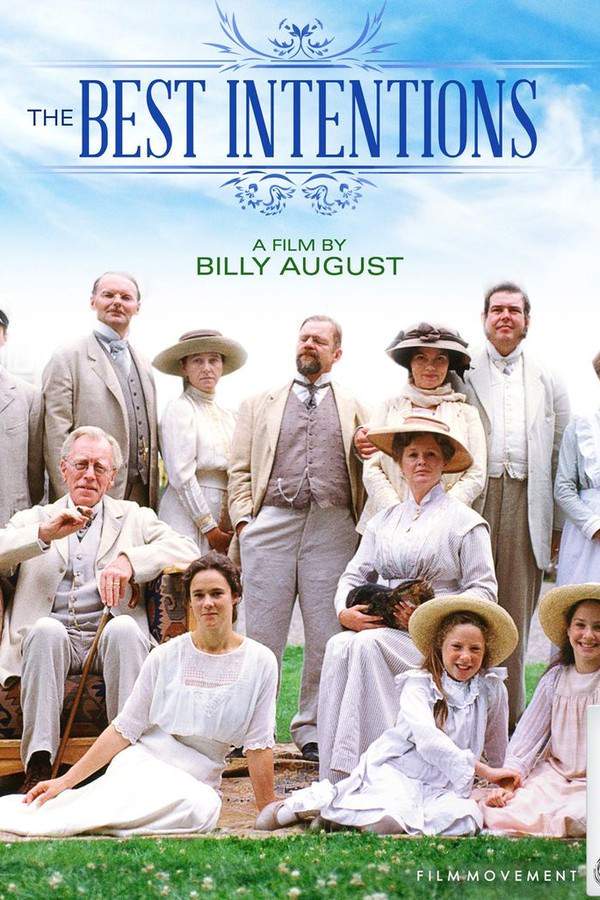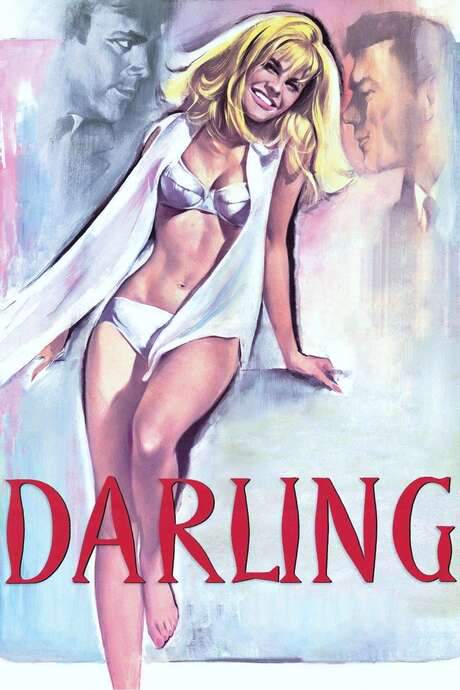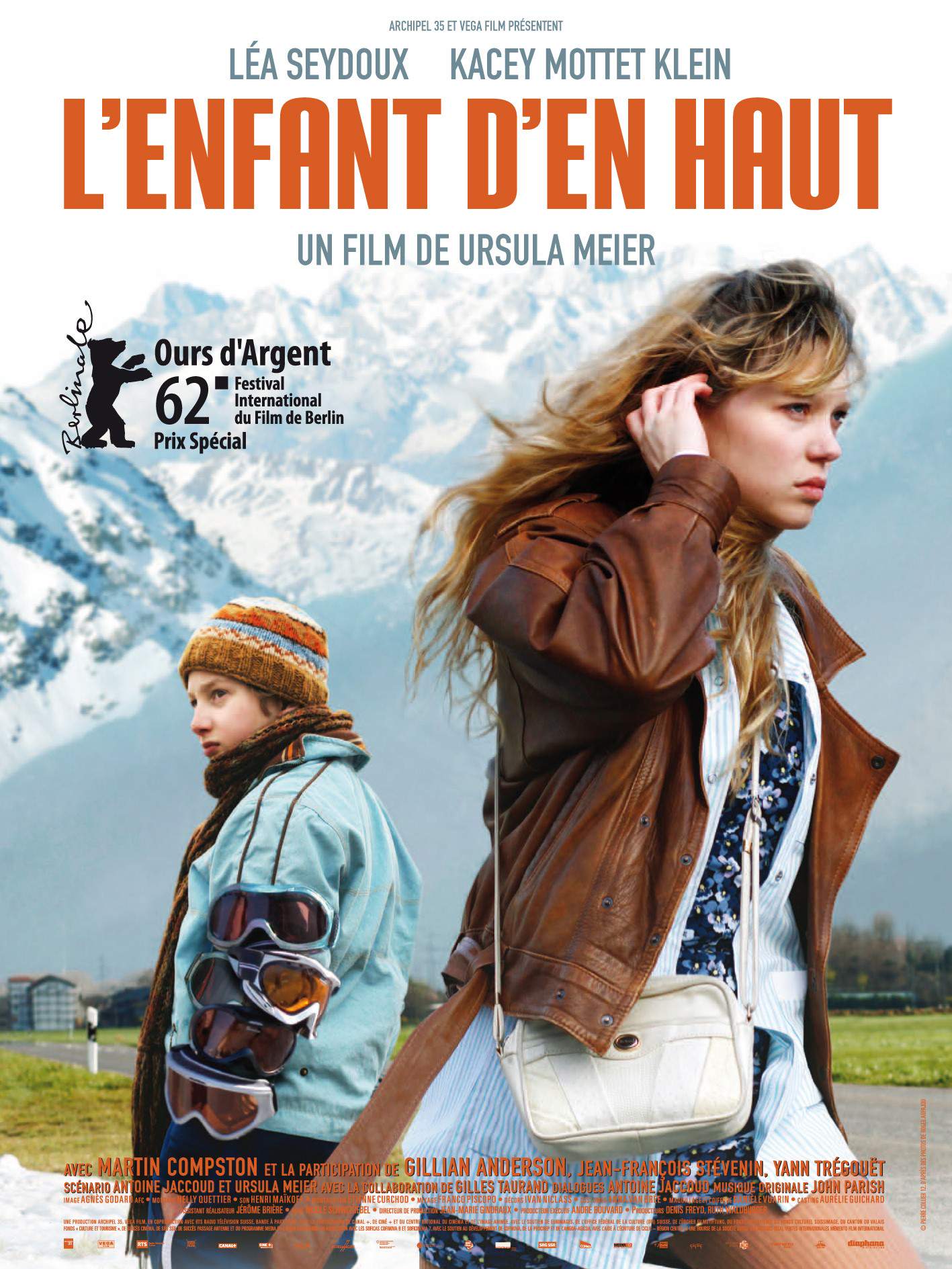
Two
Year: 1965
Runtime: 12 mins
Director: Satyajit Ray
A wordless fable, this short film pits a shantytown child against a wealthy child at a window. Through a series of games—rifles shooting down kites, stacked toys—they vie for supremacy. The rivalry ends as noisy indoor toys contrast with the street child’s simple flute, highlighting opposite worlds. Preserved by the Academy Film Archive in 2006.
Warning: spoilers below!
Haven’t seen Two yet? This summary contains major spoilers. Bookmark the page, watch the movie, and come back for the full breakdown. If you're ready, scroll on and relive the story!
Two (1965) – Full Plot Summary & Ending Explained
Read the complete plot breakdown of Two (1965), including all key story events, major twists, and the ending explained in detail. Discover what really happened—and what it all means.
From the opening frames, a rich kid Ravi Kiran is shown surrounded by toys and a bottled drink, a visual cue for a privileged, imperialist First World. As he toys, a sound pulls him to the window where a slum kid plays a flute, a quiet reminder of the exploited Third World. To display his power, the rich kid blasts a loud note from a toy trumpet, drowning out the flute’s melody. The street kid then retreats to his hut and returns with a handmade mask and a bow and arrow, and the rich kid responds by revealing his battery-powered monkey drummer toy. The street kid comes back out, and the rich kid escalates the display by wearing various masks — including a demon, a Native American, and a Cowboy — while brandishing toy swords, spears, and guns. Disappointed, the street kid withdraws again to his hut as the rich kid resumes his noisy parade, a self-satisfied gleam lingering in his eyes.
During play, the rich kid notices a kite fluttering in the sky and rushes to the window to catch sight of the flyer, the street kid holding the kite string, Manja. Enraged by the other boy’s happiness, he pulls out a slingshot in a crude attempt to strike the kite. When the aim misses, he switches to a toy air-rifle and finally brings the kite down, taunting the poor street kid with cruel satisfaction. The street kid returns to his hut with tears in his eyes and the torn kite in hand, giving up on any hope of friendship.
Back inside, the rich kid’s toys contribute a chaotic orchestra of sounds, each one making its own distinctive noise. The film ends on a note of quiet persistence as the distant sound of a flute lingers despite the clamor, inviting a reflection on whose world is louder and who is heard. Set against the backdrop of the Vietnam War era, the film invites a stark reading: the rich kid and the street kid can be seen as personifications of the United States and Vietnam, two forces bound by history, power, and a fragile humanity.
The final frames leave a lasting impression of power, privilege, and the perils of escalating conflict, all conveyed through a child’s play that never quite grows up.
Last Updated: October 09, 2025 at 09:24
Explore Movie Threads
Discover curated groups of movies connected by mood, themes, and story style. Browse collections built around emotion, atmosphere, and narrative focus to easily find films that match what you feel like watching right now.
Wordless and Symbolic Movies like Two
Films that convey complex themes through visual metaphor and silence.Explore movies like Two that use minimal or no dialogue to build their narrative. If you liked the visual allegory and silent tension in Two, you'll find similar powerful stories here that communicate through imagery and symbolic conflict.
Narrative Summary
Narratives in this thread unfold through a series of visual contrasts and symbolic gestures. The plot is often straightforward but emotionally rich, built on a foundation of non-verbal communication that highlights themes like power, inequality, or human connection.
Why These Movies?
Movies are grouped here based on their shared commitment to nonverbal storytelling. They create a unique, contemplative viewing experience defined by a slow, deliberate pacing and a tone that is often melancholic or tense, relying on the power of the image over the spoken word.
Bittersweet Social Allegories like Two
Stories where symbolic conflicts mirror real-world inequalities.Discover movies similar to Two that use allegorical stories to comment on economic inequality and power dynamics. If you appreciated the symbolic class conflict in Two, this collection offers more films with a thoughtful, bittersweet feel.
Narrative Summary
These stories often present a simplified or symbolic world where characters represent different sides of a social divide. The conflict is typically straightforward but deeply meaningful, building to an ending that acknowledges the sadness of the situation while hinting at resilience or a sliver of hope.
Why These Movies?
These films are united by their use of allegory to tackle weighty social themes. They share a moderate emotional weight, a reflective mood, and a bittersweet conclusion that feels earned rather than simplistically happy or sad, making the social commentary resonate long after the film ends.
Unlock the Full Story of Two
Don't stop at just watching — explore Two in full detail. From the complete plot summary and scene-by-scene timeline to character breakdowns, thematic analysis, and a deep dive into the ending — every page helps you truly understand what Two is all about. Plus, discover what's next after the movie.
Two Timeline
Track the full timeline of Two with every major event arranged chronologically. Perfect for decoding non-linear storytelling, flashbacks, or parallel narratives with a clear scene-by-scene breakdown.

Characters, Settings & Themes in Two
Discover the characters, locations, and core themes that shape Two. Get insights into symbolic elements, setting significance, and deeper narrative meaning — ideal for thematic analysis and movie breakdowns.

More About Two
Visit What's After the Movie to explore more about Two: box office results, cast and crew info, production details, post-credit scenes, and external links — all in one place for movie fans and researchers.








